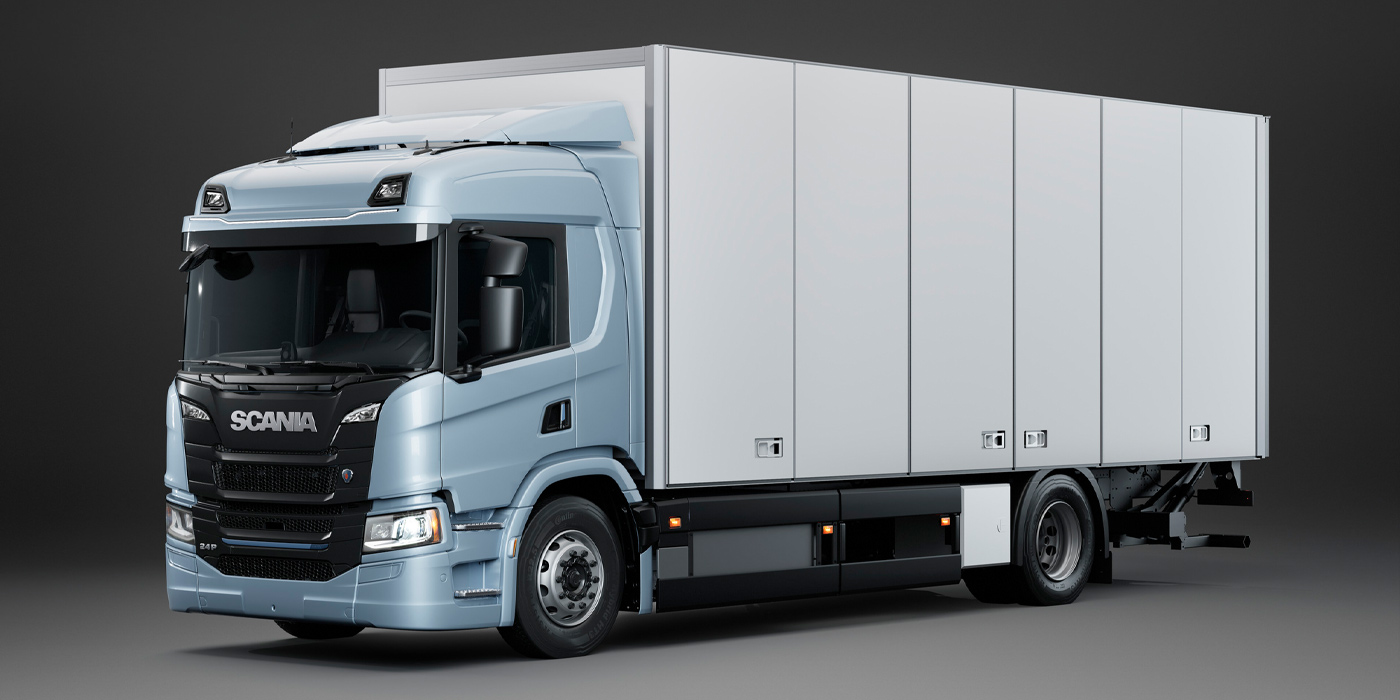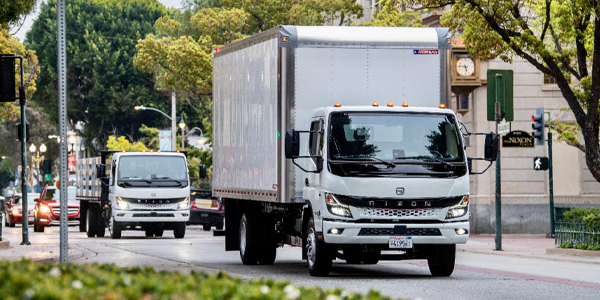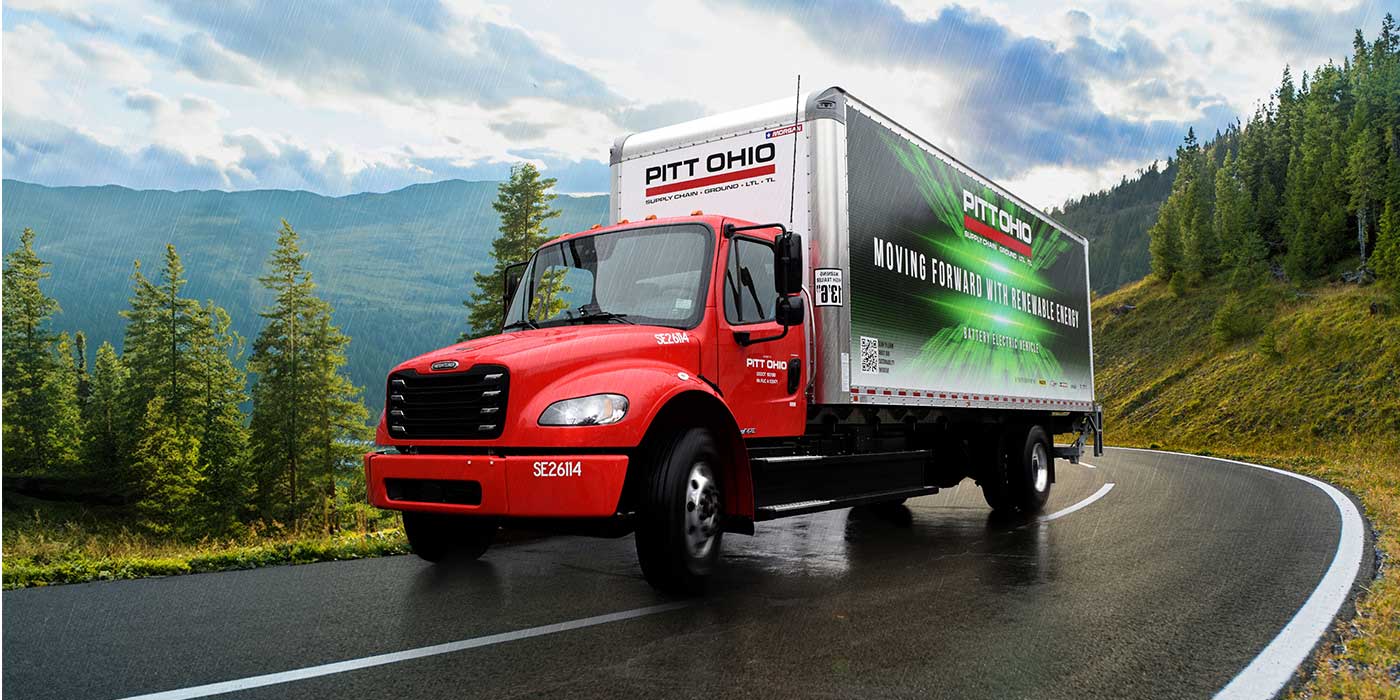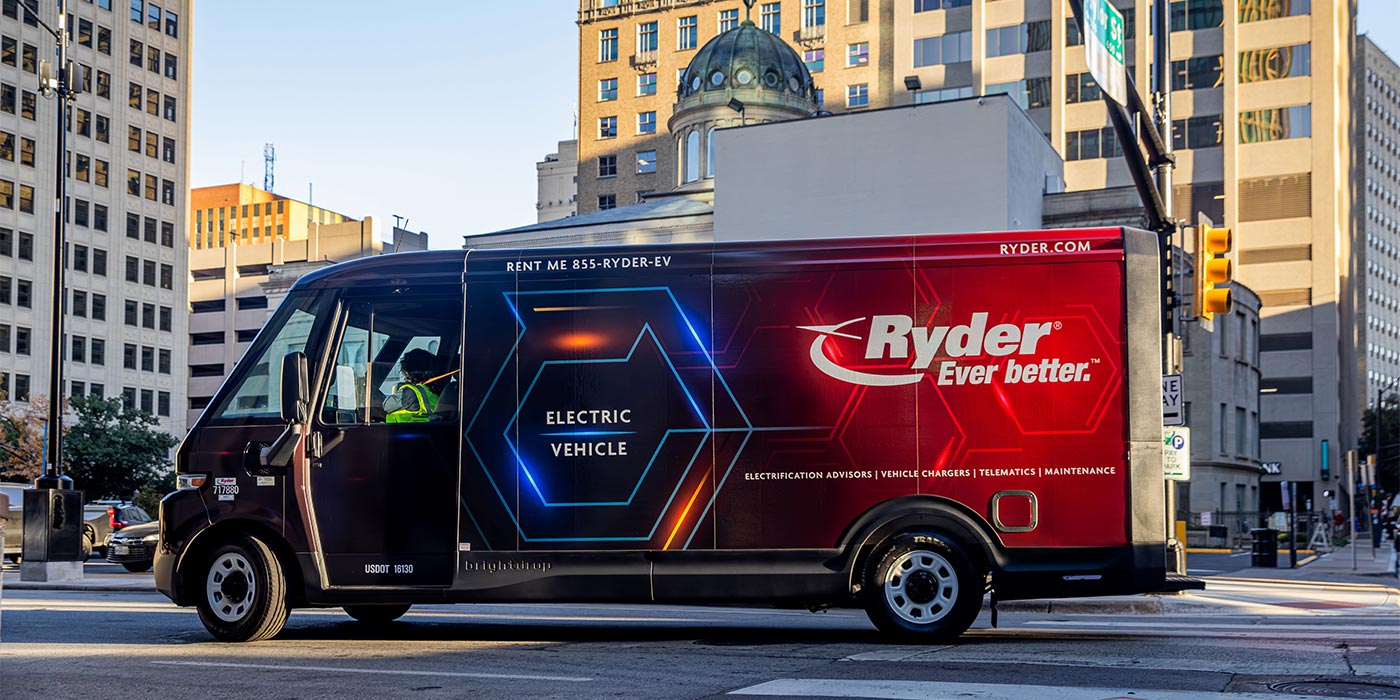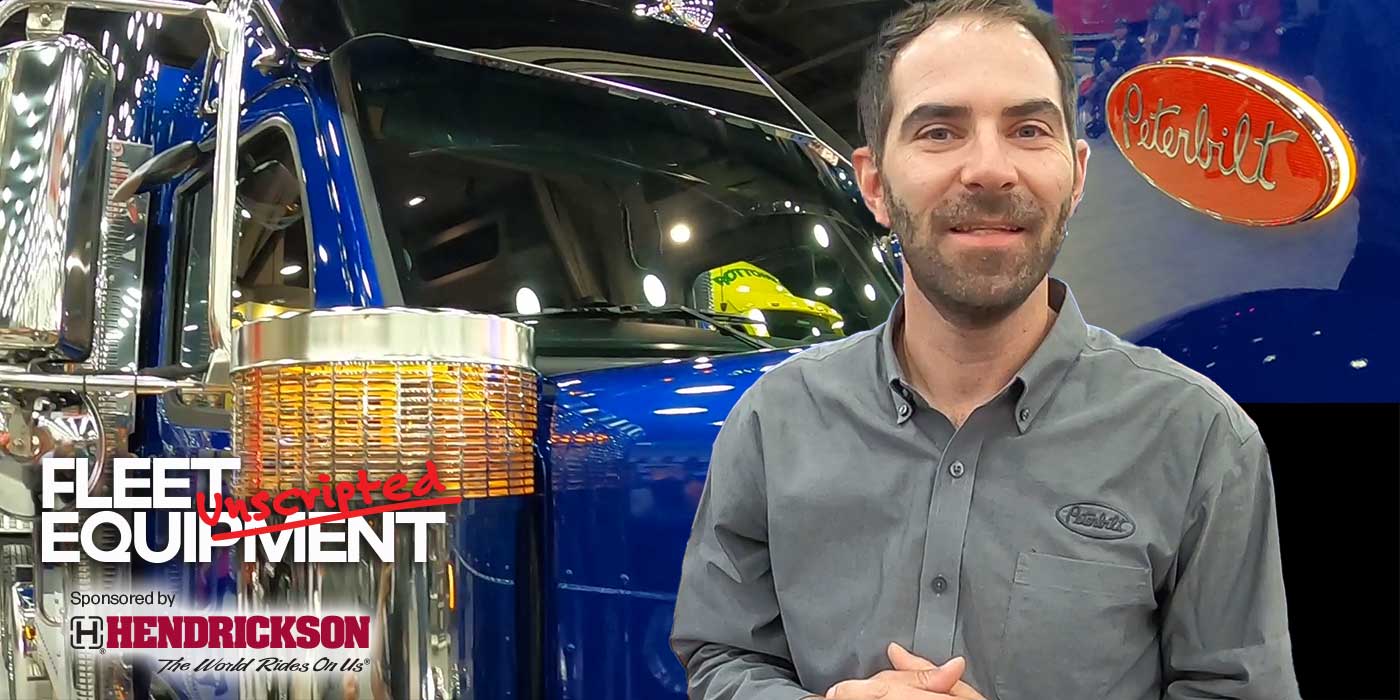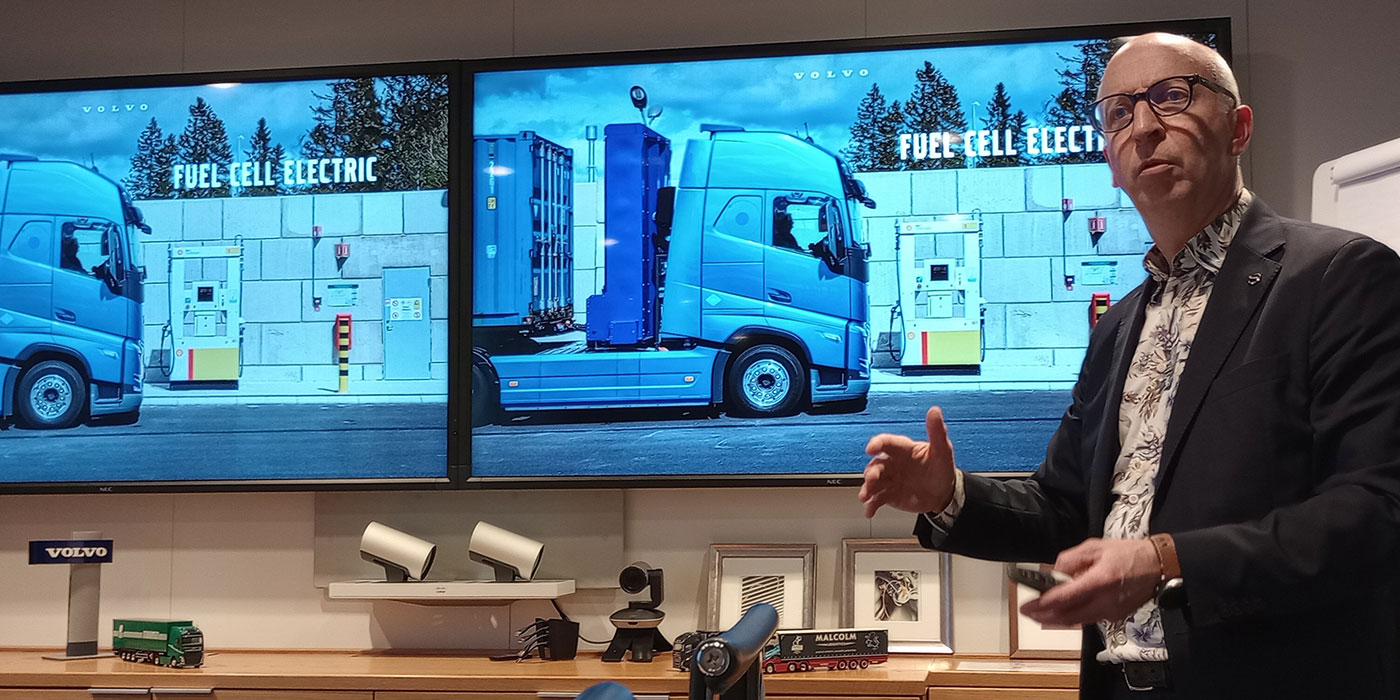When deciding on the specifications of a new work truck, it can be tempting to make decisions based only on the sticker price. As the costs of maintaining a work truck fleet continue to rise, some operations are trying to lessen their overall spend by purchasing lower-cost trucks upfront. Considering just the acquisition expenses in your work truck fleet may be costing your operation significantly down the road.
Understanding the total cost of ownership (TCO) over the life of the asset is not simple, but it’s worth the exercise. Some costs that are expensed over the life of the truck—from maintenance and repair to fuel—are often accepted as business as usual. But there is another way: Optimizing truck setup at time of purchase. This may increase your acquisition price, but it will surely lower the overall cost of the truck.
What does total cost of ownership include?
Many of the factors that affect TCO are moving targets that can fluctuate with market trends. Overlooking any of these factors can result in your operation spending much more in the long run. A complete picture of total cost of ownership should include the following five items
1) Purchase price
There are several things to consider when deciding on a work truck specification. Chassis size and weight are important to understand. Smaller trucks and/or trucks with aluminum bodies will be more fuel-efficient. Also, trucks with lower gross vehicle weights (GVWs) may not require the operator to have a CDL.
A truck’s power equipment can also have a significant impact on total cost of ownership. A PTO system may come with a lower upfront purchase price compared to an auxiliary power unit, but that initial savings is usually eliminated by the expenses associated with the additional chassis engine hours and run time needed to operate the PTO system. Maintenance and repair costs can differ vastly over a truck’s lifetime with these different setups.
Fuel system type will also need to be determined when specifying a truck. There are significant differences in the price tags between gas and diesel trucks at the time of purchase. Review the long-term reliability data as well as projected fuel and maintenance costs.
2) Regular maintenance and service costs
Ongoing maintenance and service expenses for a truck are a large part of the total cost of ownership over the life of a vehicle. Are you working closely with your service department to understand these costs per asset? Truck setup can have a significant financial impact on maintenance and repair costs over the life of the asset.
For instance, typical ongoing maintenance needs for a work truck include oil and lube changes, diesel particulate filter (DPF) regeneration and/or replacement, and engine maintenance and repairs.
Trucks that use a PTO system to power jobsite tools and equipment need more frequent maintenance and service. Maintenance intervals are based on engine run hours. Using the truck engine to power tools via the PTO drastically increases engine run hours. Increased engine run time shortens the time between maintenance intervals and leads to greater costs. Moving those engine hours from a high-horsepower engine designed to transport people and equipment to a smaller, right-sized auxiliary power unit can lessen those costs.
Consider an ongoing engine service such as oil changes. At an average cost of $700 per oil change and eight oil changes per year on a work truck, this maintenance totals $5,600 annually for every truck. By reducing engine run hours and increasing the time between maintenance intervals, you will be able to reduce costs over the life cycle of the truck.
The regeneration and replacement of DPFs is another significant maintenance cost in a work truck fleet. Today’s Tier 4-compliant diesel engines have DPFs to trap diesel particulate matter from the engine exhaust. These filters must be periodically cleaned via a regeneration process. If the cleaning process is delayed too long, the expensive DPF may be ruined and must be replaced.
When a truck engine constantly runs to operate a PTO system, more frequent maintenance on the DPF and emissions system is needed—an expense that impacts each truck in your fleet.
3) Unplanned downtime and opportunity costs
Expenses and lost opportunity associated with downtime also factor into total cost of ownership of a work truck. Routine and preventive maintenance can be budgeted for, whereas unscheduled maintenance and repairs are not, thus reducing your bottom line. A typical service truck brings in $30,000 in revenue each month, and any unplanned downtime will quickly erode that revenue. Often these unscheduled repairs will take a truck out of the field for up to two weeks. A truck’s DPF system can also contribute to downtime and increased costs. If a truck is using a PTO system, more regeneration cycles are needed. These cycles can take up to an hour each—time when the technician is unproductive. Regeneration failures are another consideration. If soot levels in the DPF reach roughly 85% or more, the DPF will need to be removed and cleaned or replaced. Replacement DPF filters can cost thousands of dollars, not including the labor for installation.
There are other considerations with downtime that are not easily budgeted or accounted for, including:
- Lost vehicle revenue opportunity per day.
- Costs associated with not being able to meet customers’ expectations.
- Costs resulting from having to reroute other staff to cover the down truck’s workload.
Keeping your fleet generating revenue by mitigating downtime and unscheduled repairs will have a significant impact on overall operating expenses.
4) Fuel costs
As fuel prices rise, so can your fleet’s expenses. While you can’t control how much the fuel costs per gallon, you can manage how much fuel is being used by your fleet.
Some studies report that fuel is the second-highest cost for fleets behind truck depreciation. Chassis manufacturers are attempting to offset fuel prices through powertrain efficiencies, light-weighting and aerodynamics. But burning fuel to operate a PTO system can cost an average of $3,000 more per year on a work truck. These outlays are on top of the more frequent maintenance and downtime that also take money from your operation’s budget.
Time spent upfront considering all aspects of your work truck power system options and how they relate to fuel use may save you money over the life cycle of your truck.
5) Life expectancy and end-of-life asset value
Initial truck specification will also have a significant consequence on determining the end of life of a work truck and its value at the end of its life. Reducing total engine hours can extend the overall life of a work truck. Fleets that have found ways to reduce truck engine hours have increased vehicle replacement cycles from 8–10 years to 10–12 years.
Truck specification can also affect resale value when selling old or obsolete work truck inventory. Trucks with auxiliary power units (APUs) often capture more resale value than those without. Some companies are specifying trucks with more amenities to attract and keep technicians. There is an upfront expenditure to this, but little or no associated maintenance costs. Truck specification will impact long-term return on equity of the truck.
This article was contributed by Miller Welds.


